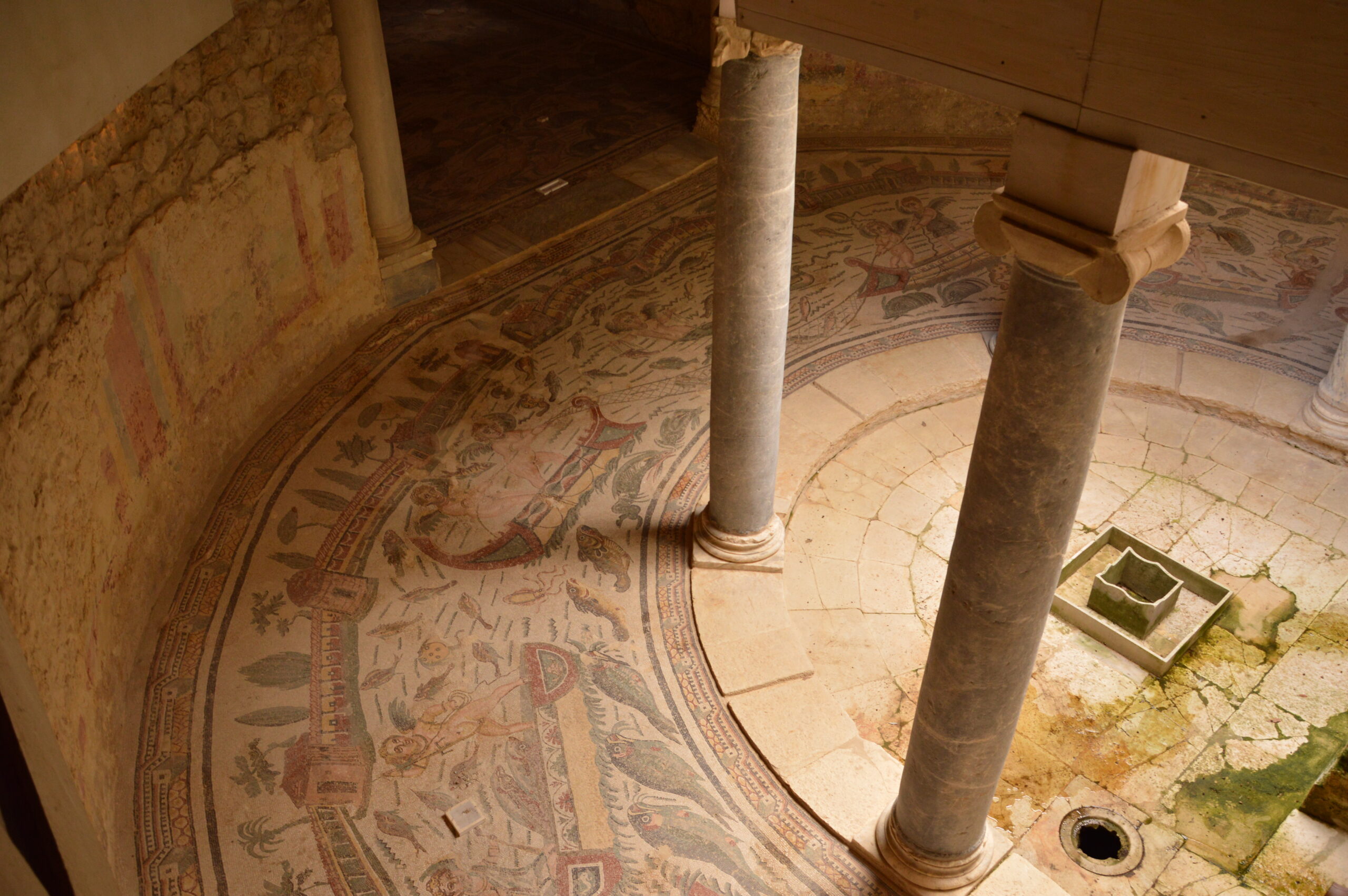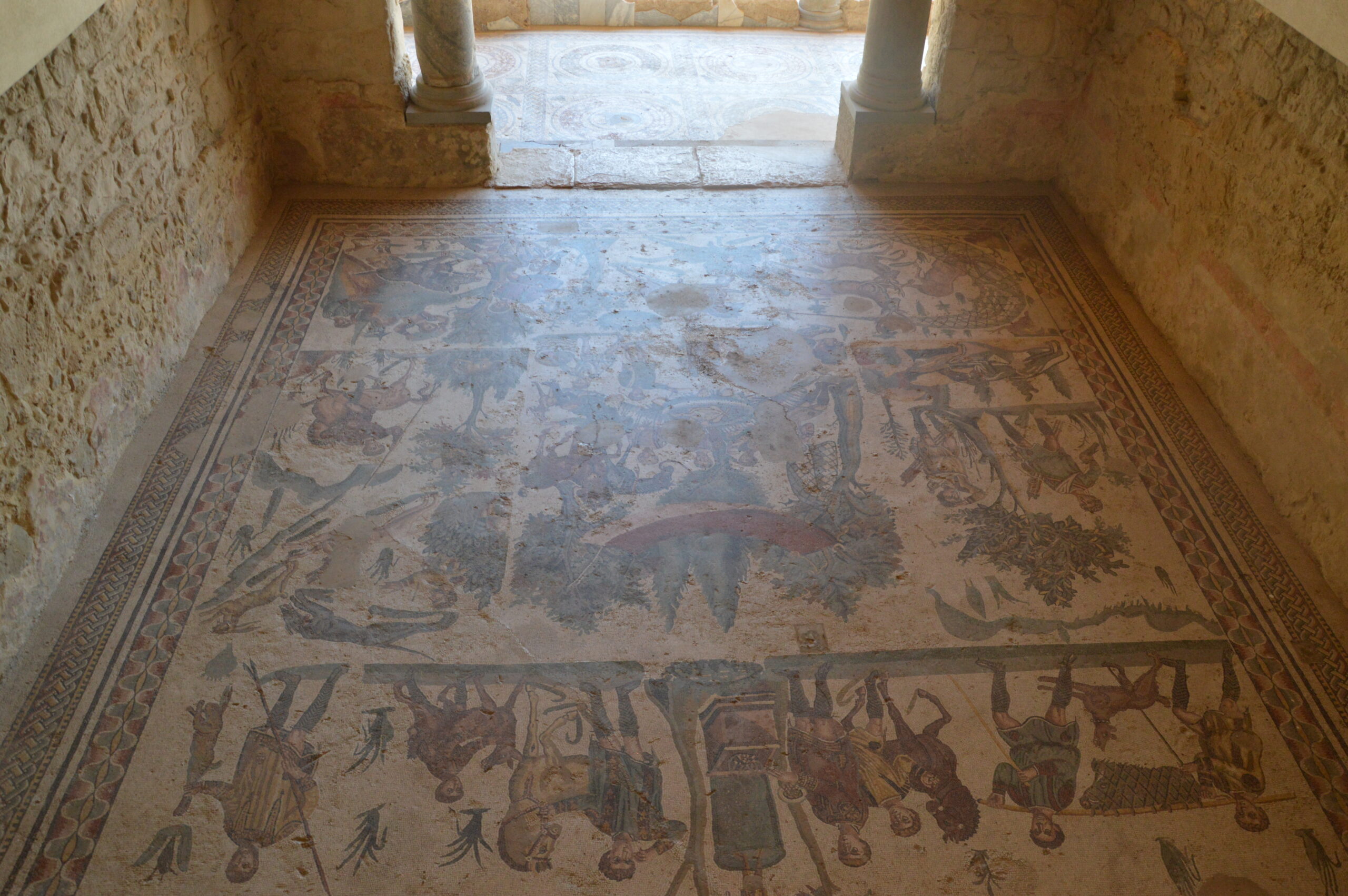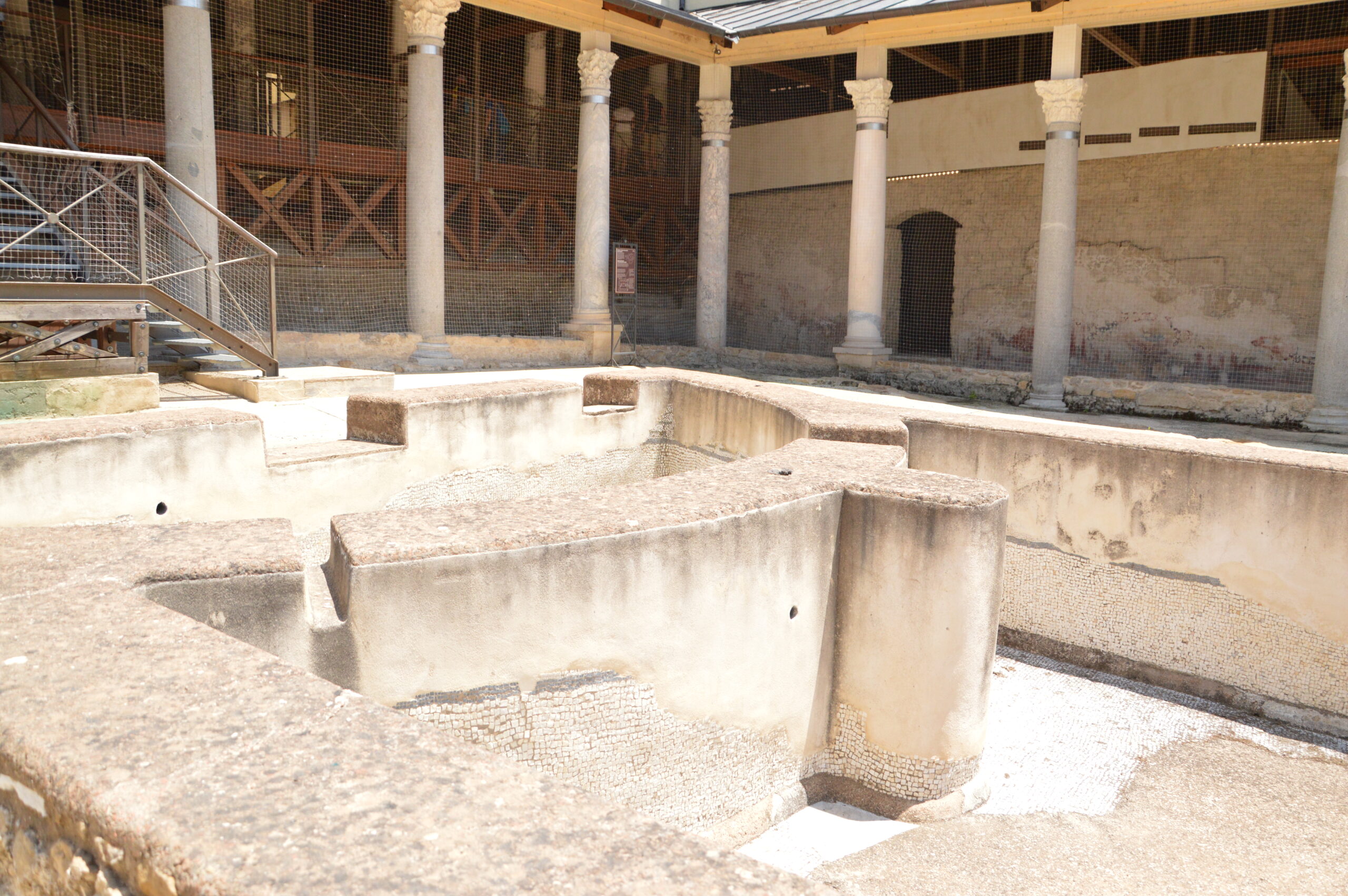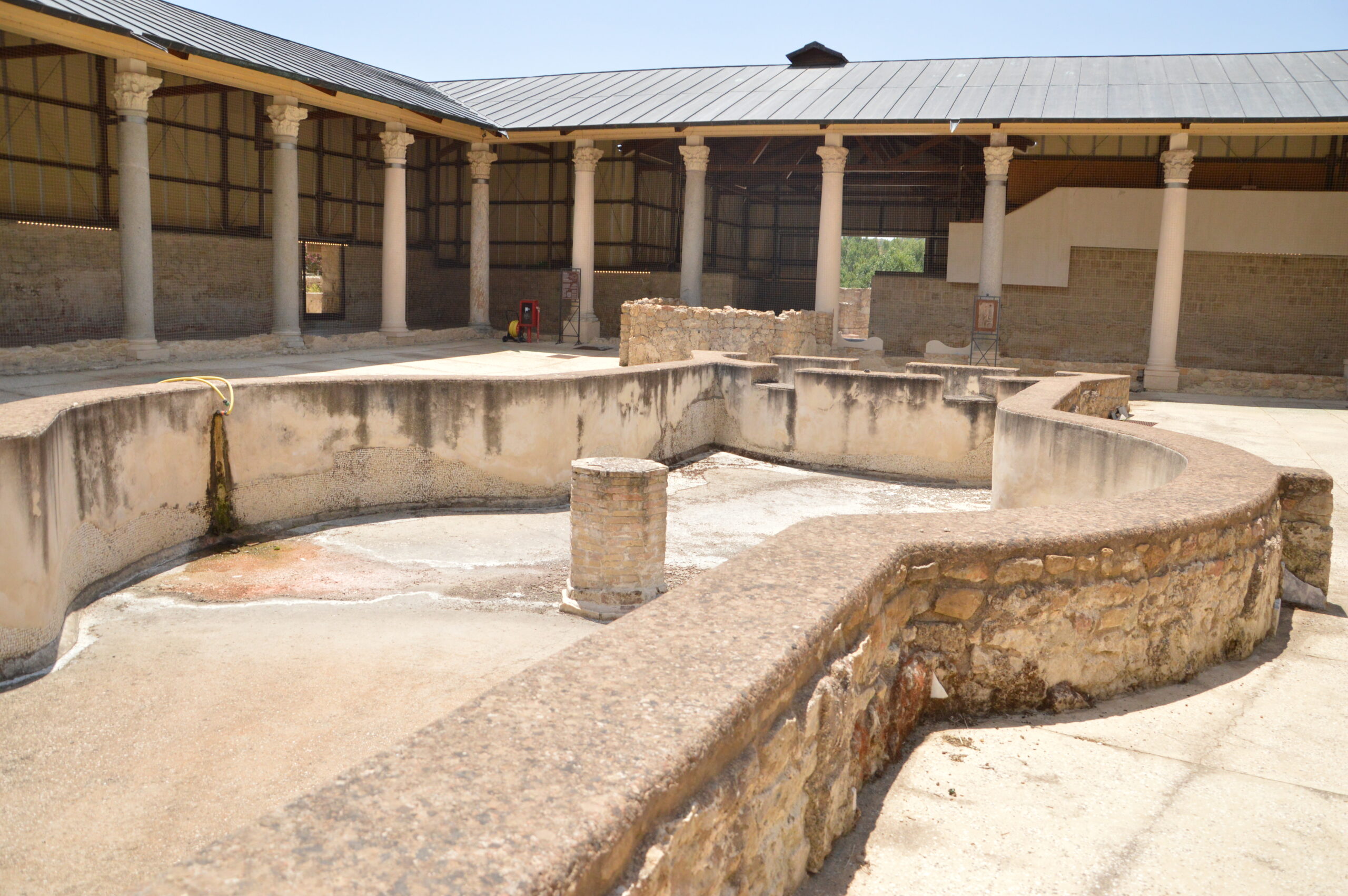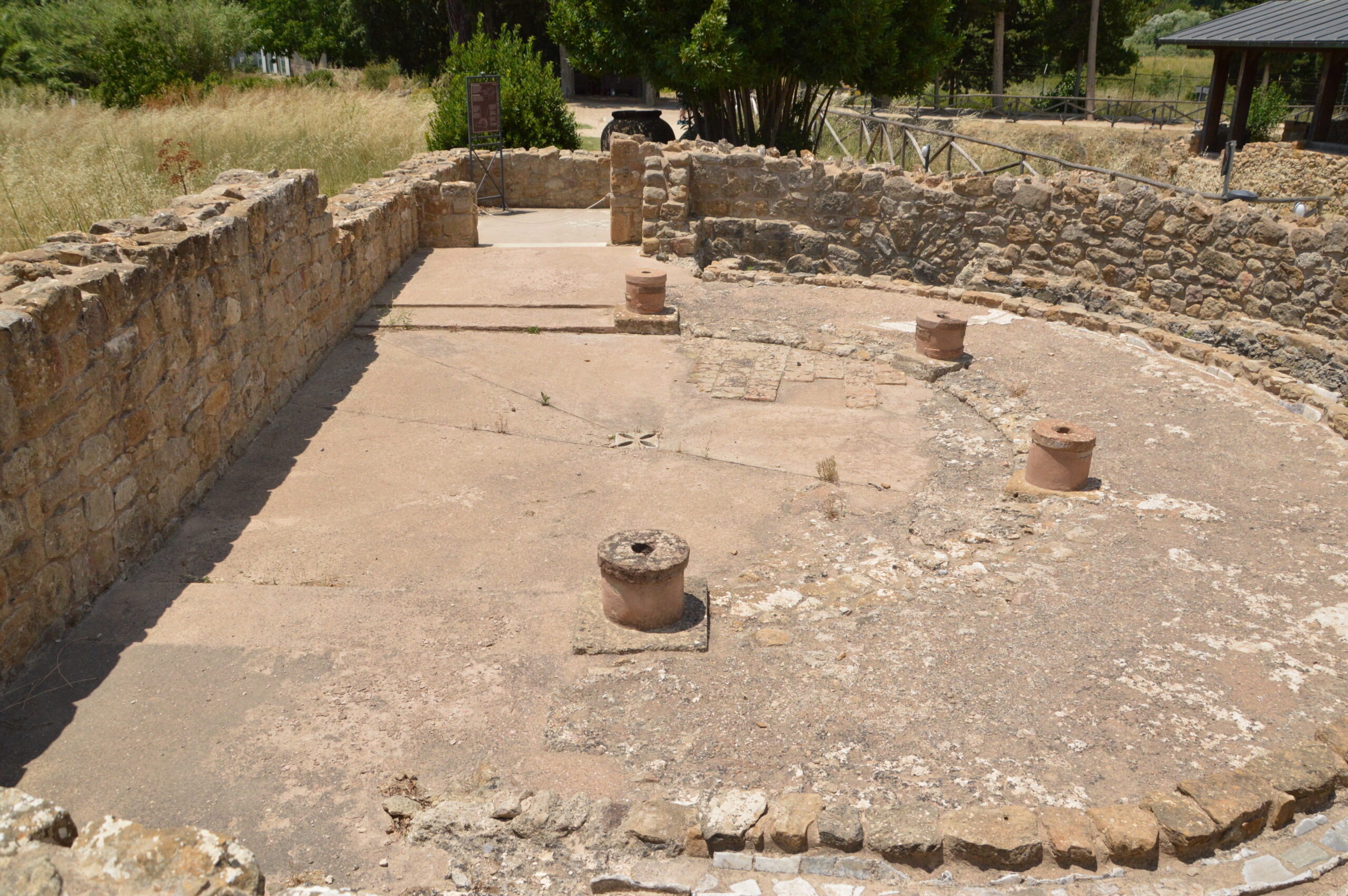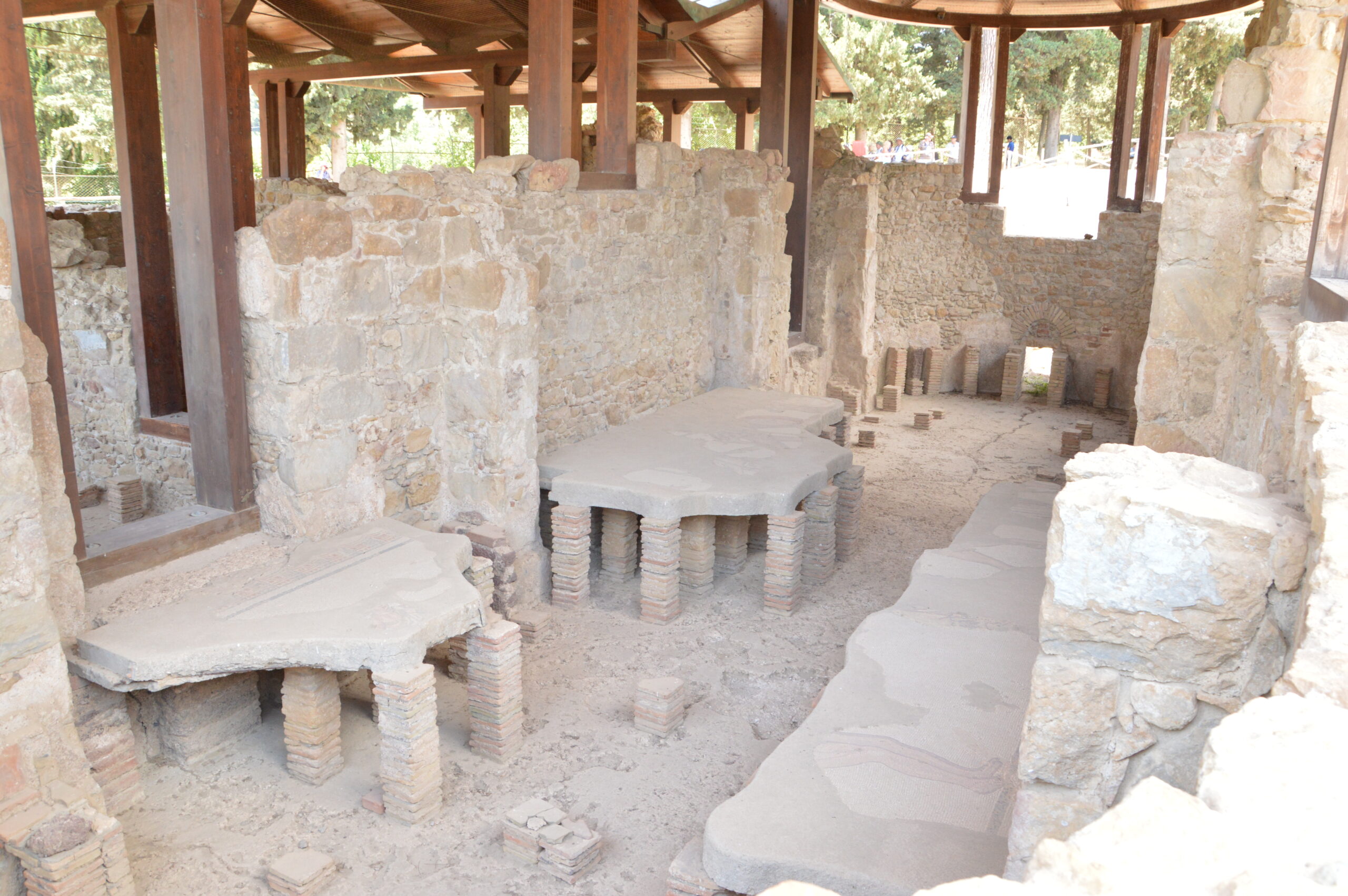
The Villa Romana del Casale (3rd-4th century A.D.) was declared a UNESCO World Heritage Site in 1997, and is one of the most prestigious existing Roman monuments.
The villa consists of 48 rooms and has two aqueducts, baths, latrines and water features. The overall area is 4,500 m2, of which 3,500 m2 are covered with precious mosaic floors. The interior and exterior walls have traces of frescoes, while the so-called Basilica was once entirely covered with polychrome marble slabs and opus sectile(cut and inlaid materials) flooring. Other archaeological assets have recently been found in the archaeological area that have not yet been integrated into the route of tourist visits.
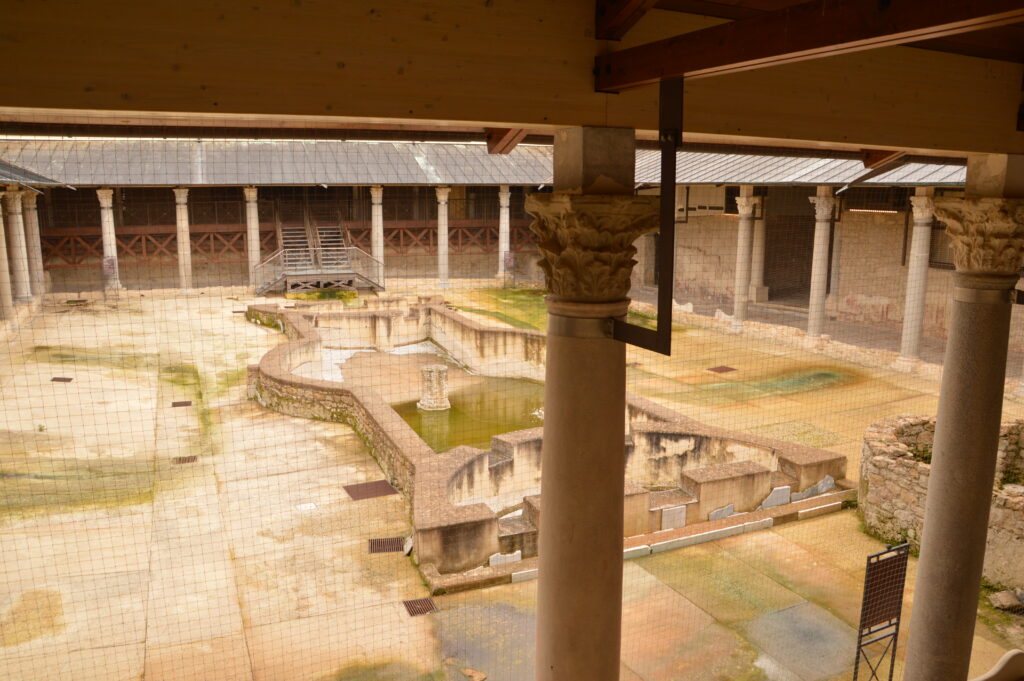
Over the years, countless floods and landslides have affected the area where the Villa del Casale stands. The repetition of disasters of varying intensity, responsible for more or less serious damage to the archaeological findings, places a certain level of attention towards hydraulic risk. It is necessary, in fact, to safeguard the fragile and precious cultural heritage present in the Villa, namely the mosaic apparatus, the frescoes and the wall structures.
The building, which was used until the Middle Ages, was probably abandoned due to the recurrence of floods.

The objective of the eWAS project is to implement a numerical model that will make it possible to assess the hydraulic risk of the territory, according to possible event scenarios, and for each of them the effects on the archaeological site. At the same time, there are plans to develop a monitoring system on the basin upstream of the archaeological site which, together with the results of the numerical simulations, will allow setting up a hydraulic risk warning system to protect the property.
